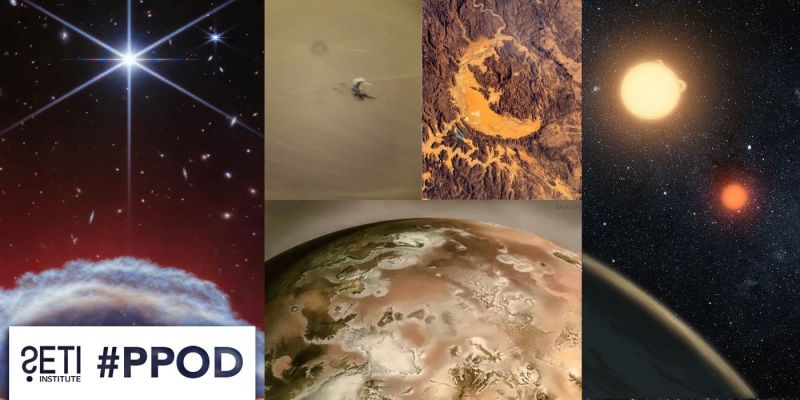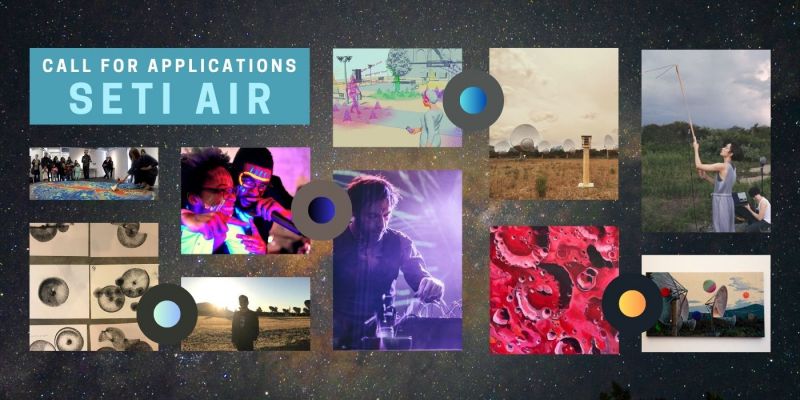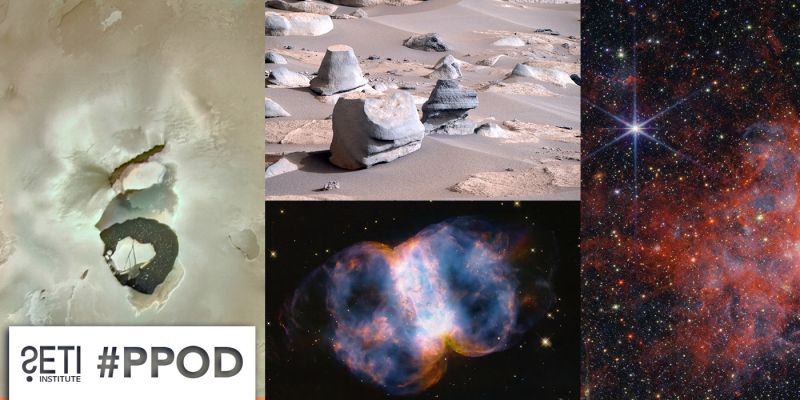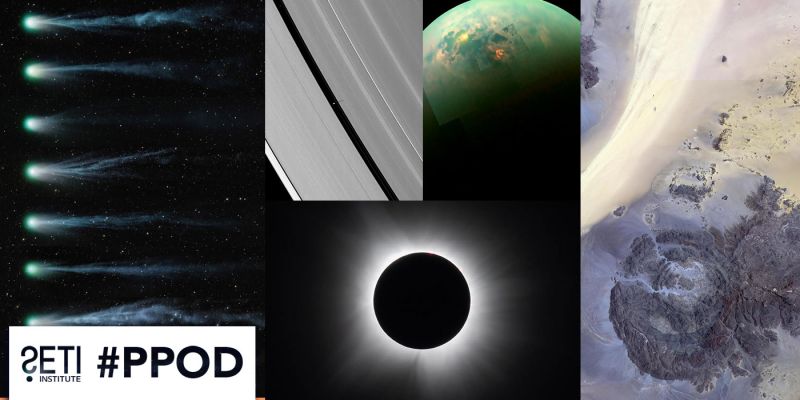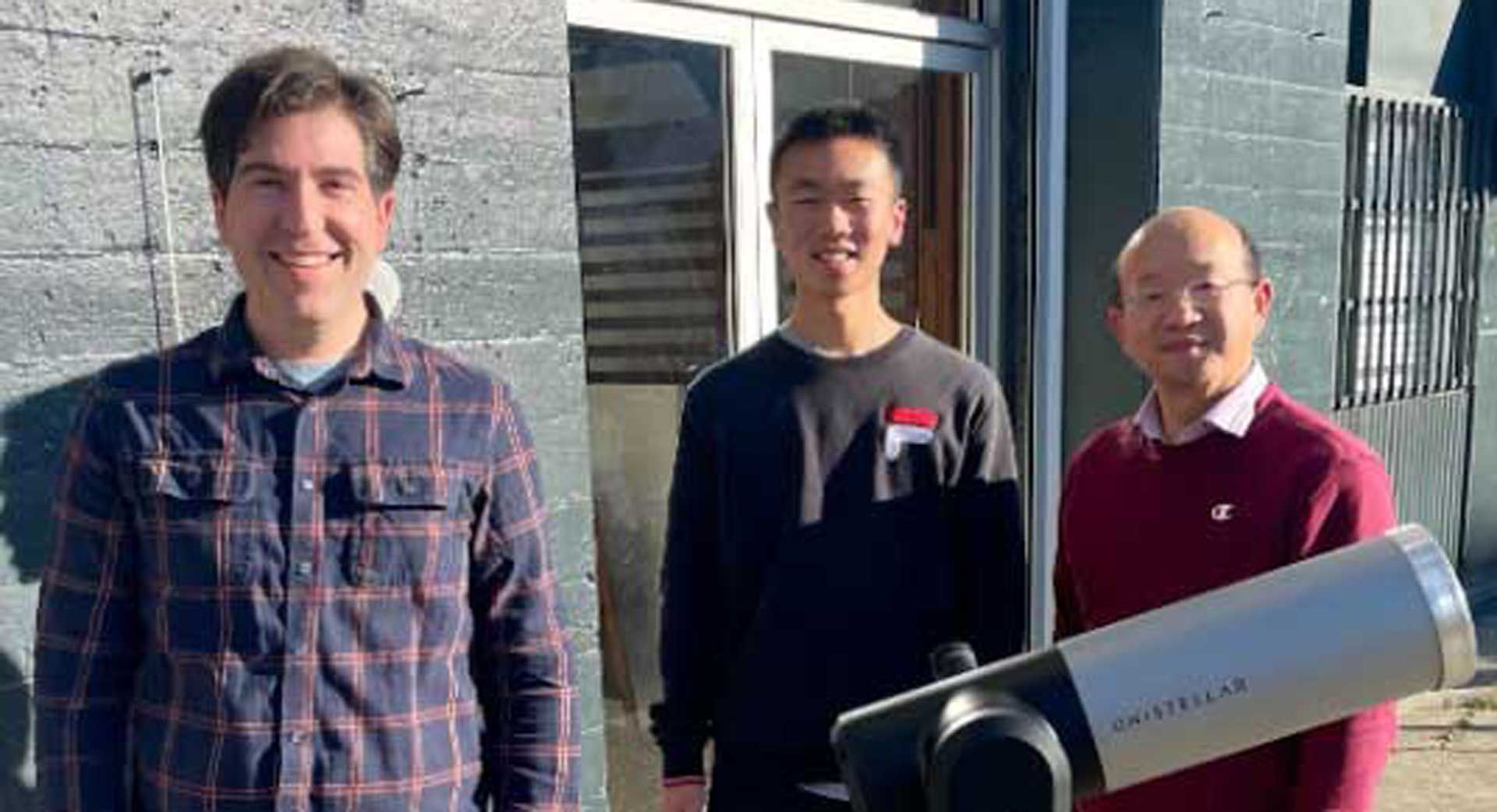
Several months ago, I would have never imagined myself attempting to observe an exoplanet transit until 3 AM or analyzing the light of a star in a distant region of our galaxy. I did not know that it was possible for a high student with no experience in astronomy to become involved in some of the work that professional astronomers do. However, thanks to the Unistellar and SETI Institute science team, I was able to have that experience and participate in my own astronomical observations.
Near the beginning of my senior year, SETI Institute Planetary Astronomer Dr. Franck Marchis gave a presentation at my high school about the search for life beyond Earth. The presentation sparked my curiosity about the big question: are we alone in the universe? I wanted to learn how scientists search for answers to big questions about the universe. Inspired by the presentation, I dedicated my final high school project to learning about exoplanets and their potential habitability.
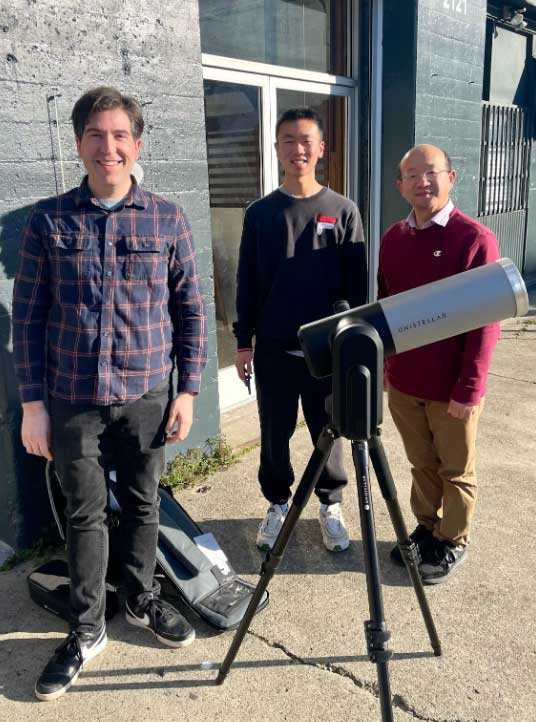
To begin conducting observational astronomy, I borrowed an Unistellar eVscope, a digital smart telescope capable of collecting astronomical data. I practiced using the telescope by observing the Moon, galaxies, star clusters, and even a comet. I was fortunate to observe and take pictures of the E3 comet, which has an orbital period of around 50,000 years! Soon I became familiar with the basic functions of the telescope.
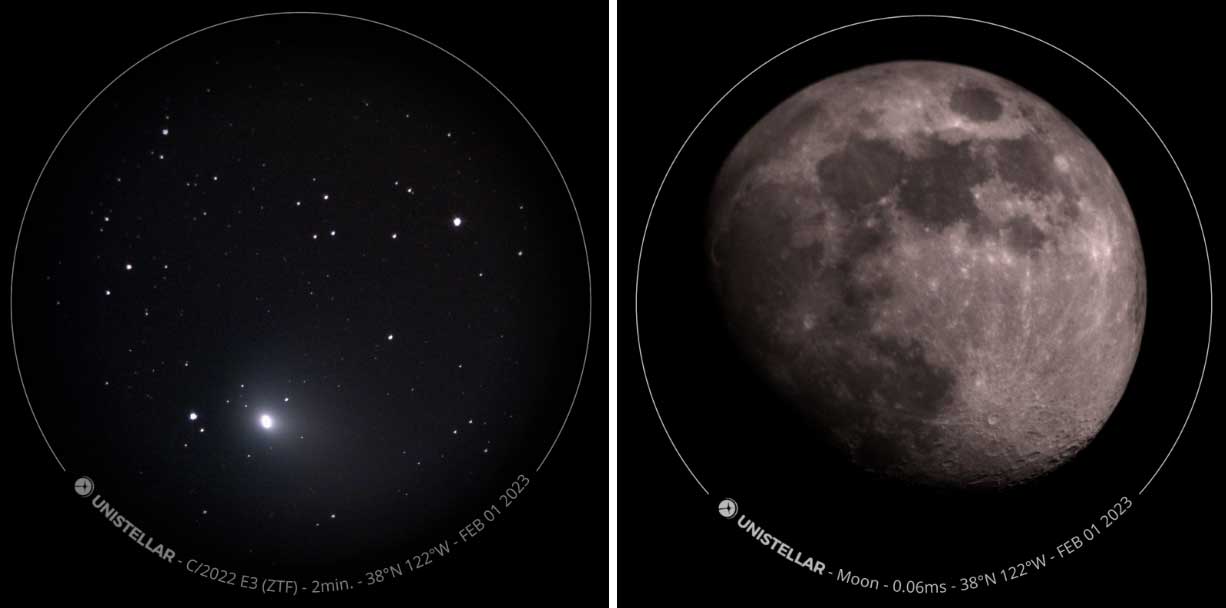
One night I was invited to participate in a Galaxy Explorers meeting with other high school students at the Chabot Space and Science Center. In this encouraging environment, I learned about the transit method for detecting exoplanets and practiced preparing the eVscope to observe an exoplanet transit. It was inspiring to learn how the Galaxy Explorers team prepares for an upcoming transit and that the data they collect can contribute to professional research.
Another experience I enjoyed was visiting the SETI Institute office in San Francisco. I met with scientists to learn about their work, which included comets, supernovae, planetary defense, and exoplanets. I saw real light curve data of the transiting exoplanets that the scientists were researching. That day, I began planning my own exoplanet transit observations to gather data.
I planned and attempted over 10 transit observations. Due to weather challenges, I could not collect data confirming an exoplanet transit. With more time, I would conduct more observations and learn more about data analysis. In the end, I received real exoplanet transit data to learn about photometry, and I estimated the size of an exoplanet. I wrote a paper on exoplanet detection methods and habitability and presented my project to my entire school.
My experience of attempting exoplanet transit observations has given me a glimpse of the resiliency required for scientific research. I have always enjoyed learning science at school through experiments and hands-on projects, so using the eVscope to do observations added a lot of fun and excitement to learning astronomy. Even though I had no background in astronomy, it was easy to learn to use the eVscope, and it was fulfilling to try doing original research. I believe that other high school students would also have fun using the eVscope to learn about astronomy and conduct their own research.
I am grateful that I had this opportunity to work with the SETI Institute and use the eVscope. I want to thank my mentor at the SETI Institute, Daniel Peluso, and my physics teacher Dr. Carini for their guidance and constant enthusiasm throughout my project.

